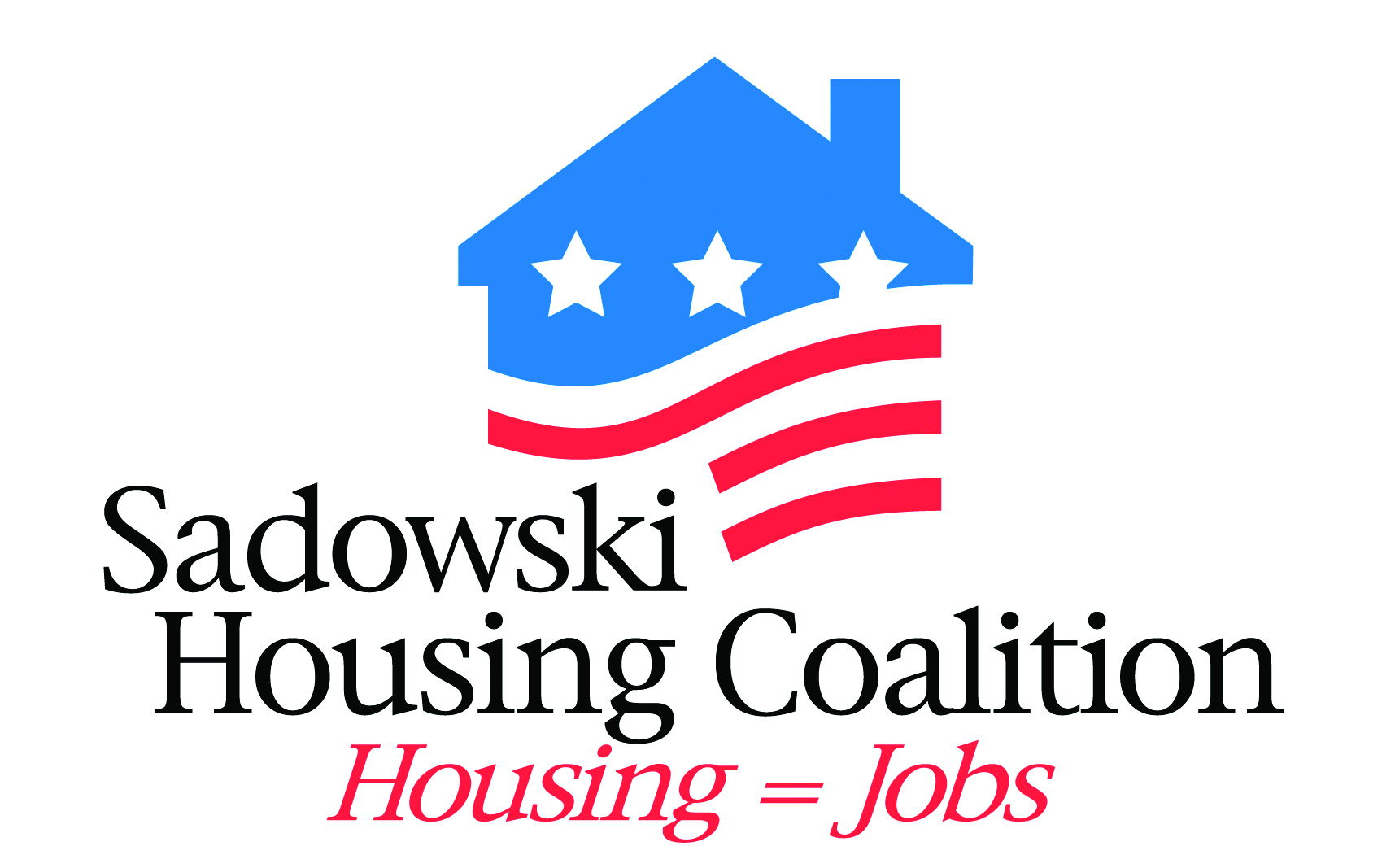January 9, 2015 | Herald – Tribune
In 2010, the Sarasota Housing Authority accepted applications for vouchers that help pay the rent for people with very low incomes.
During a two-week span, 3,500 individuals or families applied for the aid.
The authority did not accept applications for the next four years, because the need for affordable housing exceeded the supply and federal funding for vouchers was stagnant.
This week, more than five years after the Great Recession officially ended, the authority began accepting applications for Section 8 vouchers that subsidize the costs of renting apartments or modest homes.
During a 72-hour period, 4,164 applications were filed — and the filing period will remain open until Jan. 19.
The locally operated Housing Authority has, to its credit, taken significant steps to publicize the rare re-opening of an application process for Section 8 vouchers.
But the sheer volume of applicants, which will substantially surpass the number of four years ago, provides another stark reminder of the affordable-housing shortage in Sarasota County and throughout our region.
This evidence of a serious problem underscores the need for increased federal, state and local efforts — with support from the private sector — to focus on a multi-pronged strategy.
No additional funding
It’s important to recognize that the Housing Authority’s decision to accept applications for vouchers is not the result of an infusion of additional federal funds into Section 8. The program is open to new applicants in Sarasota County because the former waiting list has been pared down — the result of some people “graduating” from the program and others moving on, for whatever reason, or getting kicked out.
In a typical month, the Housing Authority can issue between five and 10 new vouchers, according to Executive Director Bill Russell. Now, he thinks that a few more will be available each month moving forward.
Suppose, for the sake of argument, that about half of the applicants who have filed so far this year would qualify for a voucher. If the authority issued 15 new vouchers each month, nearly 2,000 individuals or families would remain unserved.
Those families have few options for decent housing. A family of four, for instance, can earn no more than $28,650 annually in order to qualify.
The fastest, simplest way for Congress to provide relief would be to finally increase funding for Section 8 — which supplements conventional public housing for the poorest of the poor.
Congress has, to its credit, increased funding for vouchers designated for military veterans. Yet the need remains for a wider range of poor Americans; what’s more, Section 8 vouchers are funneled directly into the economy.
Unfortunately, the challenges of finding decent, affordable housing are not limited to those with extremely low incomes.
United Ways of Florida recently sponsored a wide-ranging study by the ALICE Project. The acronym stands for Asset Limited Income Constrained, Employed.
The study examined how many employed people consistently struggle to afford the basic costs of living — housing, care for family members (children and seniors), food, transportation, health care, taxes and some miscellaneous expenses.
In our state, the ALICE Project found, 30 percent of households earn less than what’s needed to reach a “household survival budget” — an average of $47,000 annually for a family of four.
Add in the 15 percent of Florida families with incomes below the federal poverty level — about $23,000 for a family of four — and a total of 45 percent of our state’s households face ongoing financial hardship. More funding for Section 8 would help many of those among the 15 percent.
State can help
Yet the other 30 percent also need aid — and state government can help provide some of it. Two decades ago, Florida created the Sadowski housing trust funds: a pool of money to be used throughout the state to finance or subsidize construction, renovation or purchase of homes and apartments in a price range geared toward everyday workers — the workers all of us depend on. The funds also help to create and preserve housing for the elderly, the disabled and the homeless.
The money comes from a slice of the documentary stamp tax on real estate transactions. That levy was slightly increased in 1992 to bring in revenue for the state’s affordable housing trust funds.
But starting about a decade ago, state lawmakers restricted the trust-fund revenue or shifted it to other purposes.
Now that Florida is projecting budget surpluses, during its annual session that begins March 3 the Legislature should ensure that all of the Sadowski trust funds are used for their intended purpose — supporting affordable housing, most of which is provided and built (or rehabilitated) by the private sector.
Review local building codes
Locally, the challenge is to find sensible and politically sustainable ways to increase the stock of decent affordable housing — especially rentals. It’s time for local governments to re-examine their zoning and land-use codes to determine whether they are unduly restricting the development of rentals and other lower-cost forms of housing. Furthermore, policies that require the construction of affordable housing — in exchange for development-density increases or other changes in land uses — should be back on the agendas of local governments.
It would also be helpful for nonprofit agencies, charitable foundations and other public-good organizations to re-establish the pre-recession community conversations about additional ways to expand the availability of affordable housing.
As Russell of the Housing Authority told us, while some solutions are relatively simple, the overall challenges are complex. But that doesn’t mean our communities should settle for the status quo.
This story appeared in print on page A8
Copyright © 2015 HeraldTribune.com — All rights reserved. Restricted use only.
Article accessed at:http://www.heraldtribune.com/article/20150109/OPINION/301099995/-1/blog?p=1&tc=pg on Jan. 20, 2015.
A formatted pdf of this article can be accessed here.
